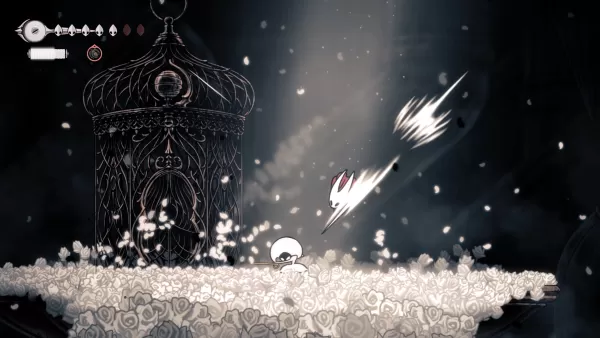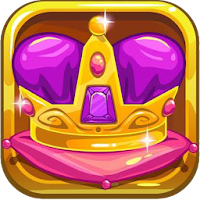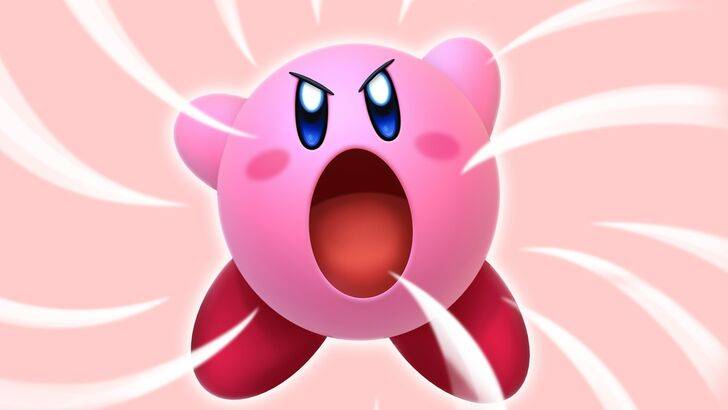
This article explores the evolution of Kirby's image in Western markets, contrasting his portrayal in the US with his original Japanese presentation. Former Nintendo employees shed light on the localization decisions behind the shift, and the company's evolving global marketing approach.
The "Angry Kirby" Phenomenon: A Western Appeal
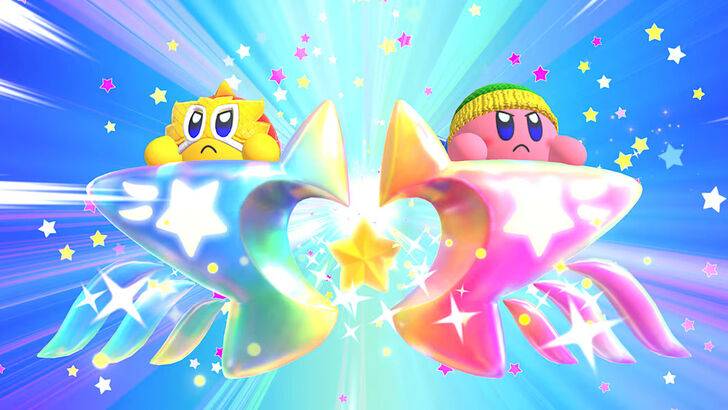
Kirby's Western depiction, often dubbed "Angry Kirby," features a more determined, even fierce, expression on game covers and promotional materials. Former Nintendo Localization Director, Leslie Swan, clarifies that the intention wasn't to portray anger, but rather resolve. While cute characters resonate universally in Japan, Swan notes a preference for tougher characters among American tween and teen boys. This aligns with comments from Kirby: Triple Deluxe Director Shinya Kumazaki, who observed that while cute Kirby drives Japanese appeal, a "strong, tough" Kirby resonates more in the US market. However, he also emphasizes the title-specific nature of this approach, citing Kirby Super Star Ultra as an example with consistent box art across regions.
Marketing Kirby: Beyond "Kiddie" Games
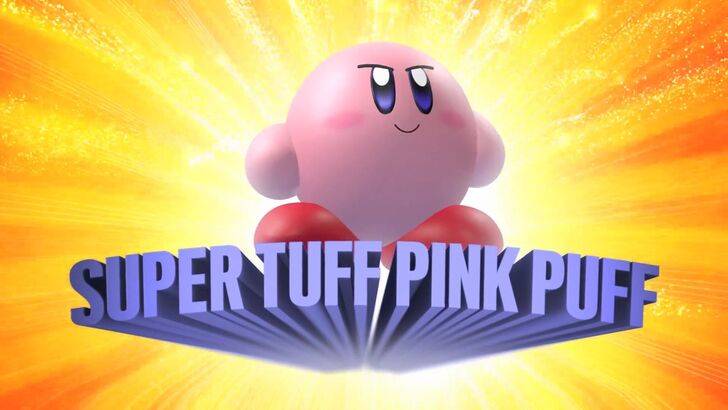
Nintendo's marketing strategy aimed to broaden Kirby's appeal, particularly to boys. The "Super Tuff Pink Puff" tagline for Kirby Super Star Ultra exemplifies this. Former Nintendo of America Public Relations Manager, Krysta Yang, reveals the company's desire to shed its "kiddie" image, acknowledging the perceived negative impact of such a label on sales. This led to a focus on Kirby's combat abilities in marketing, shifting the emphasis from personality to gameplay. While a push for a more well-rounded character image continues, Yang acknowledges the persistent association of Kirby with cuteness rather than toughness.
Regional Differences in Localization: A Case Study
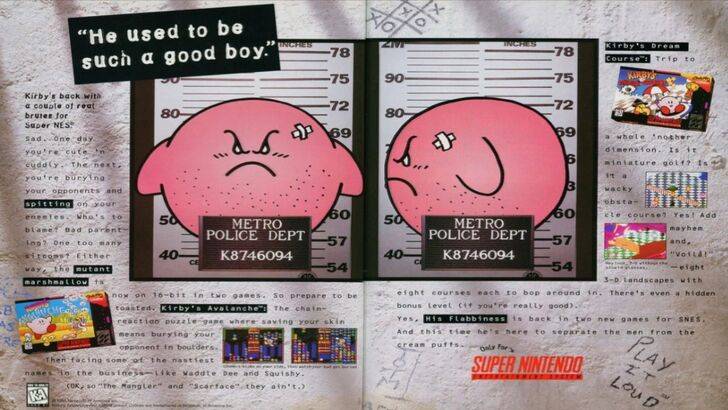
The divergence in Kirby's localization began early. The infamous 1995 "Play It Loud" mugshot advertisement highlighted an early attempt to differentiate the character. Subsequent years saw variations in box art, with games like Kirby: Nightmare in Dream Land, Kirby Air Ride, and Kirby: Squeak Squad showcasing Kirby with sharper features and more intense expressions. Beyond facial expressions, even Kirby's color palette was altered. The original Kirby's Dreamland for Game Boy featured a ghostly white Kirby in the US version, a decision influenced by the Game Boy's monochrome display and a perceived need to appeal to a broader audience. This decision was later revisited, with the release of Kirby's Adventure on the NES showcasing Kirby's pink hue.
A Shift Towards Global Consistency

Swan and Yang agree that Nintendo has adopted a more unified global approach. Closer collaboration between Nintendo of America and the Japanese office aims for consistent marketing and localization strategies. This move is a departure from regional variations seen in earlier Kirby marketing, with the company actively avoiding past situations like the 1995 advertisement. While Yang acknowledges the benefits of global consistency for brand recognition, she also points out the potential for homogenization and a loss of regional nuances, potentially resulting in "bland, safe marketing." The current trend towards less regionalized localization is also attributed to the industry's globalization and the increasing familiarity of Western audiences with Japanese culture.



